I know it looks silly but I started to prototype using some cardboard. This way I can get look and feel without hours of 3D printing.
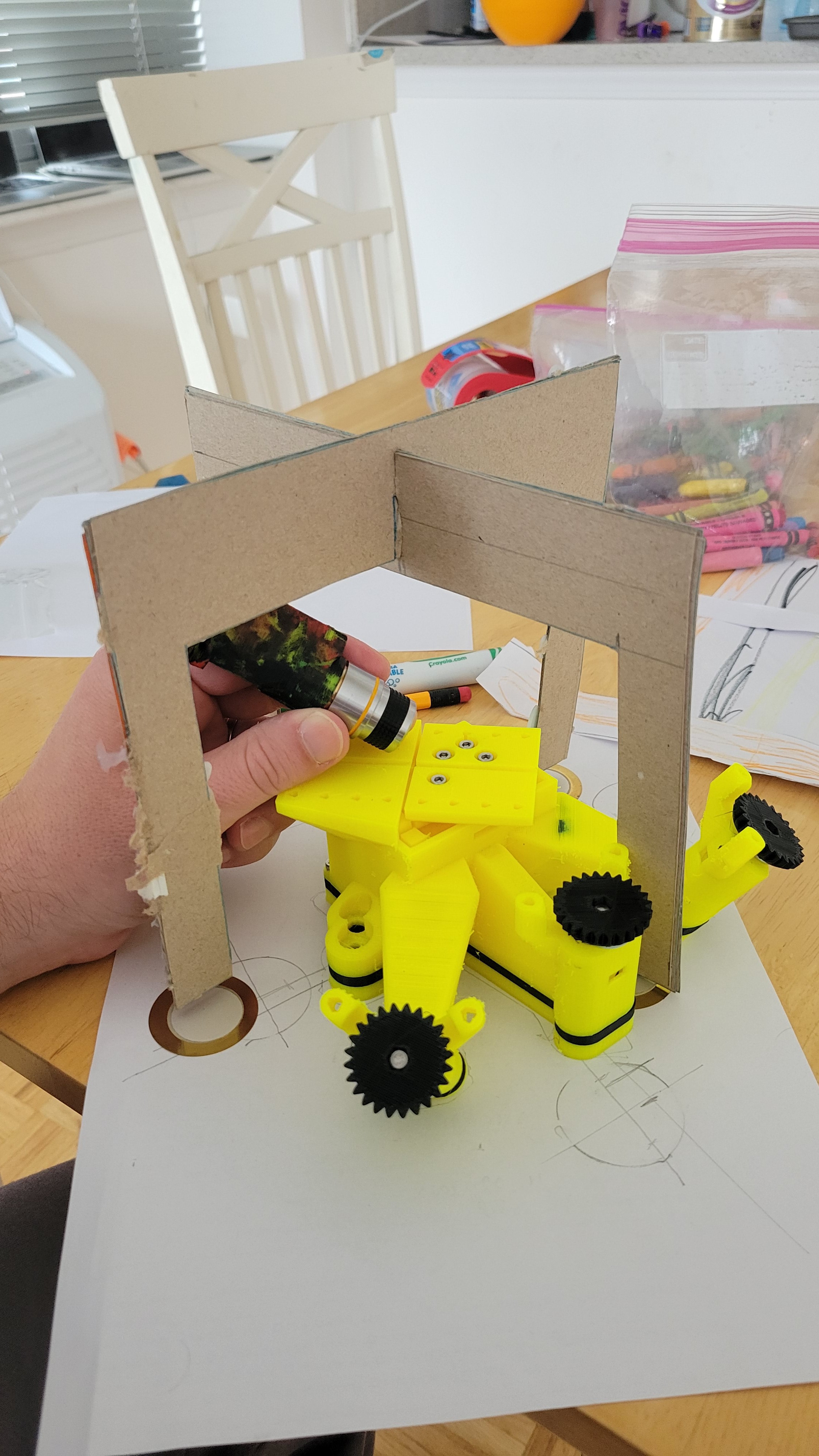
And I already got some interesting insights. For example the spaces between the pillars can be greatly reduced without touching the moving stage base/enclosure.
It's only a POC made from few layers of dense cardboard but it's working and it amazing. It does moves a tiny actuator (a toothpick which is already broken) that can be seen only by microscope, since movement is so tiny.
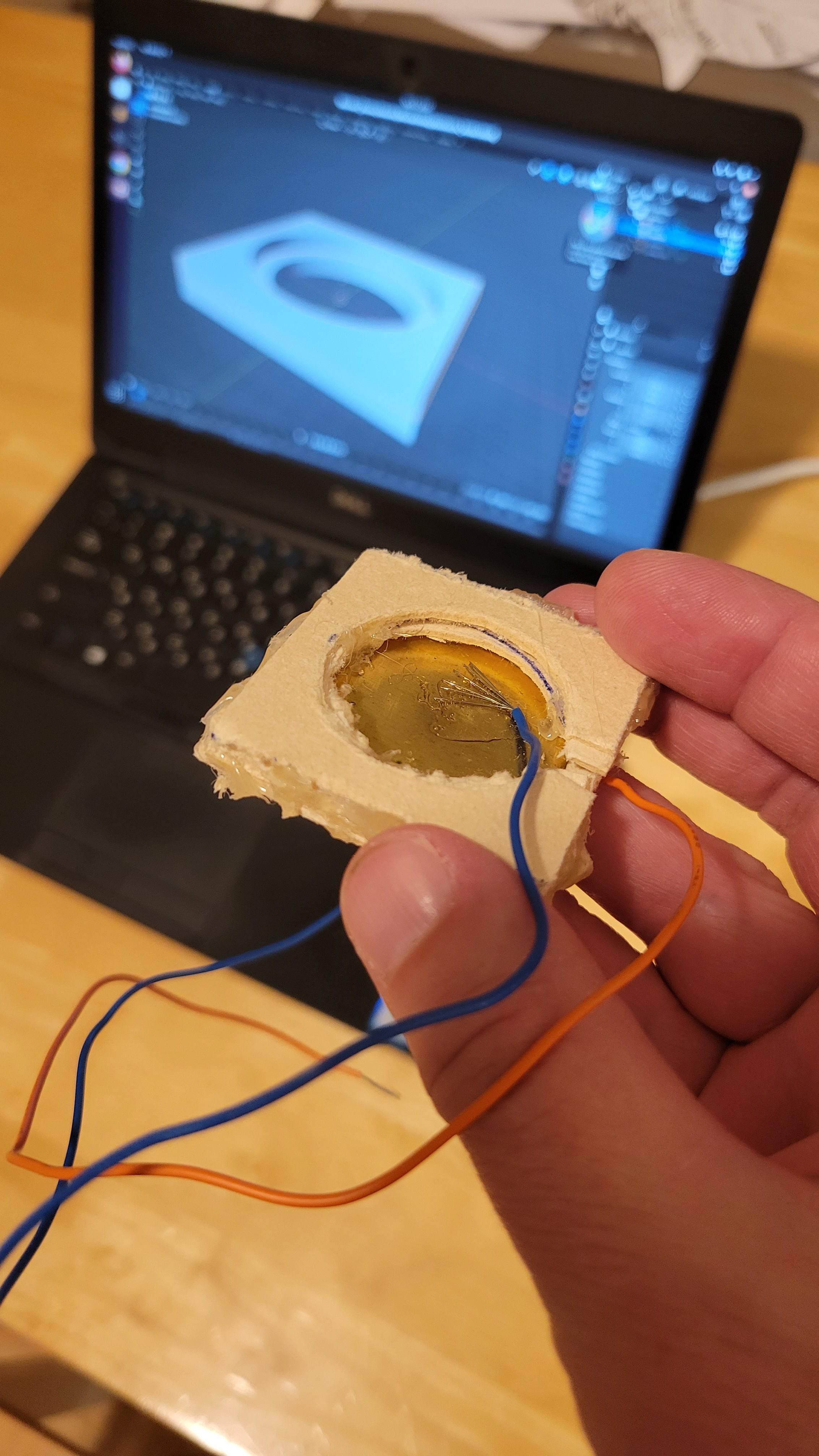
And now same thing 3D printed. Simple and does it's purpose. Now let's put four of this under the base.
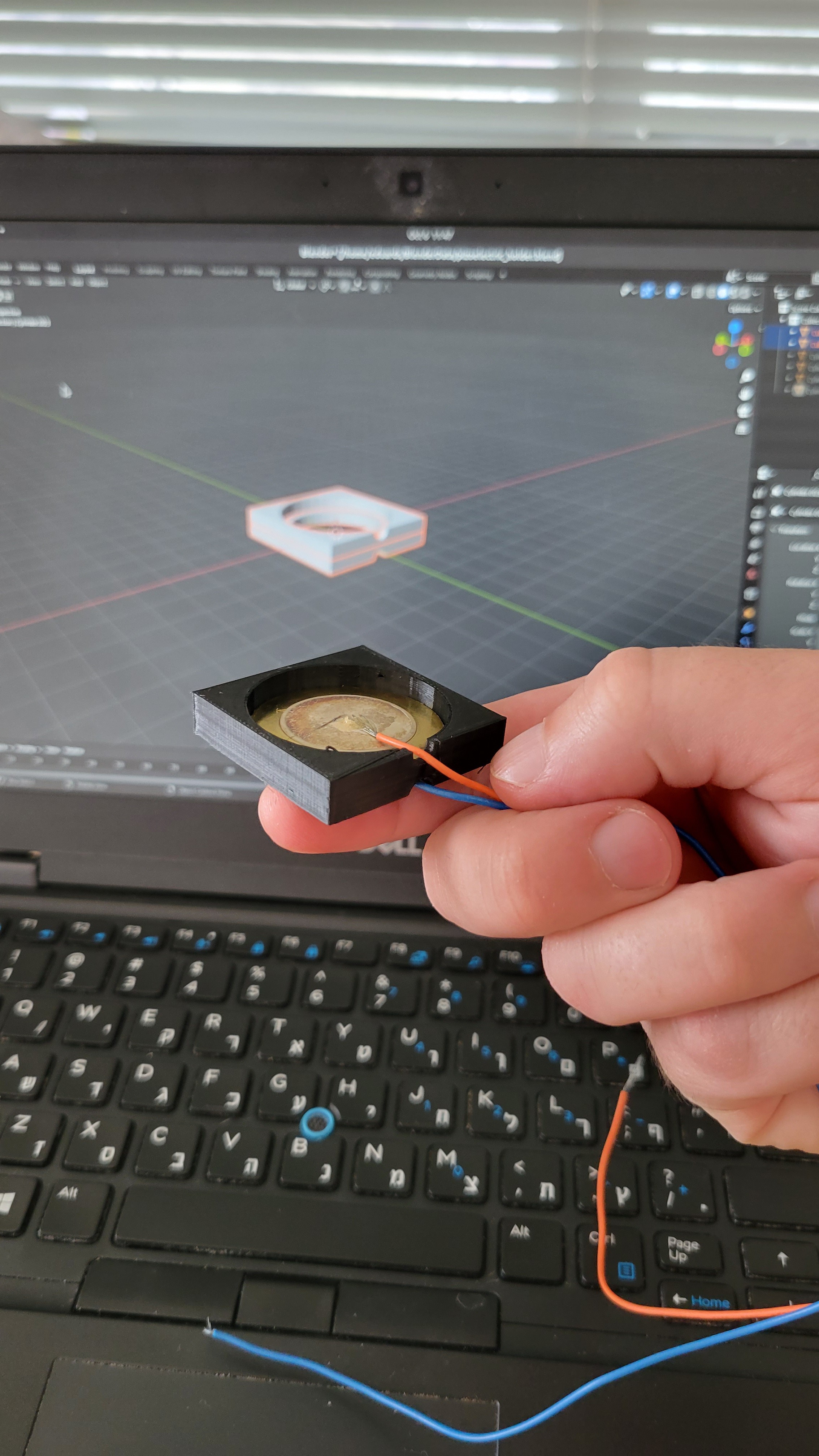
Now I need four of them to hold 'the table' on which we will place nano scale needle.
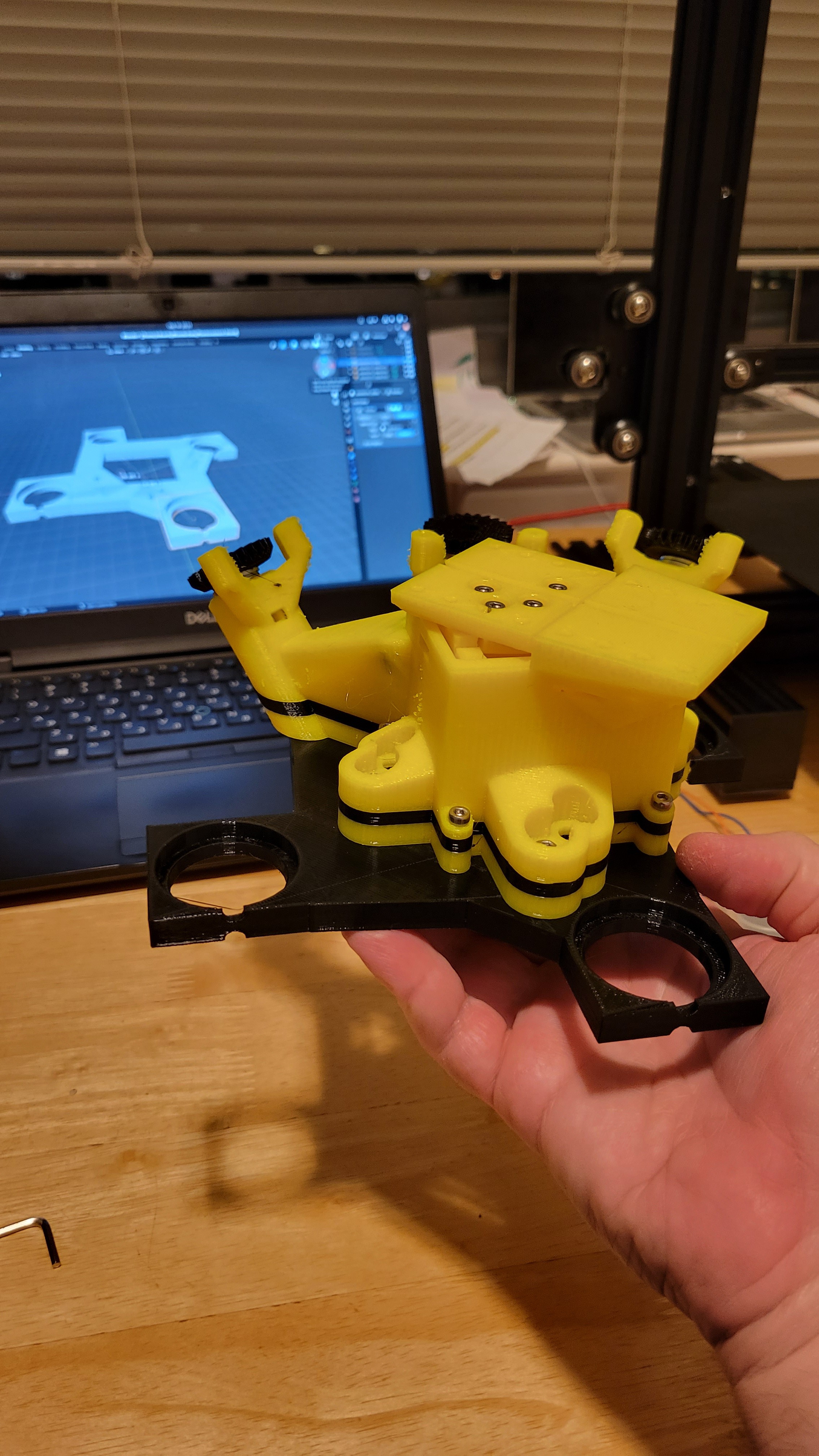
TA-DA!! The nano probe holder
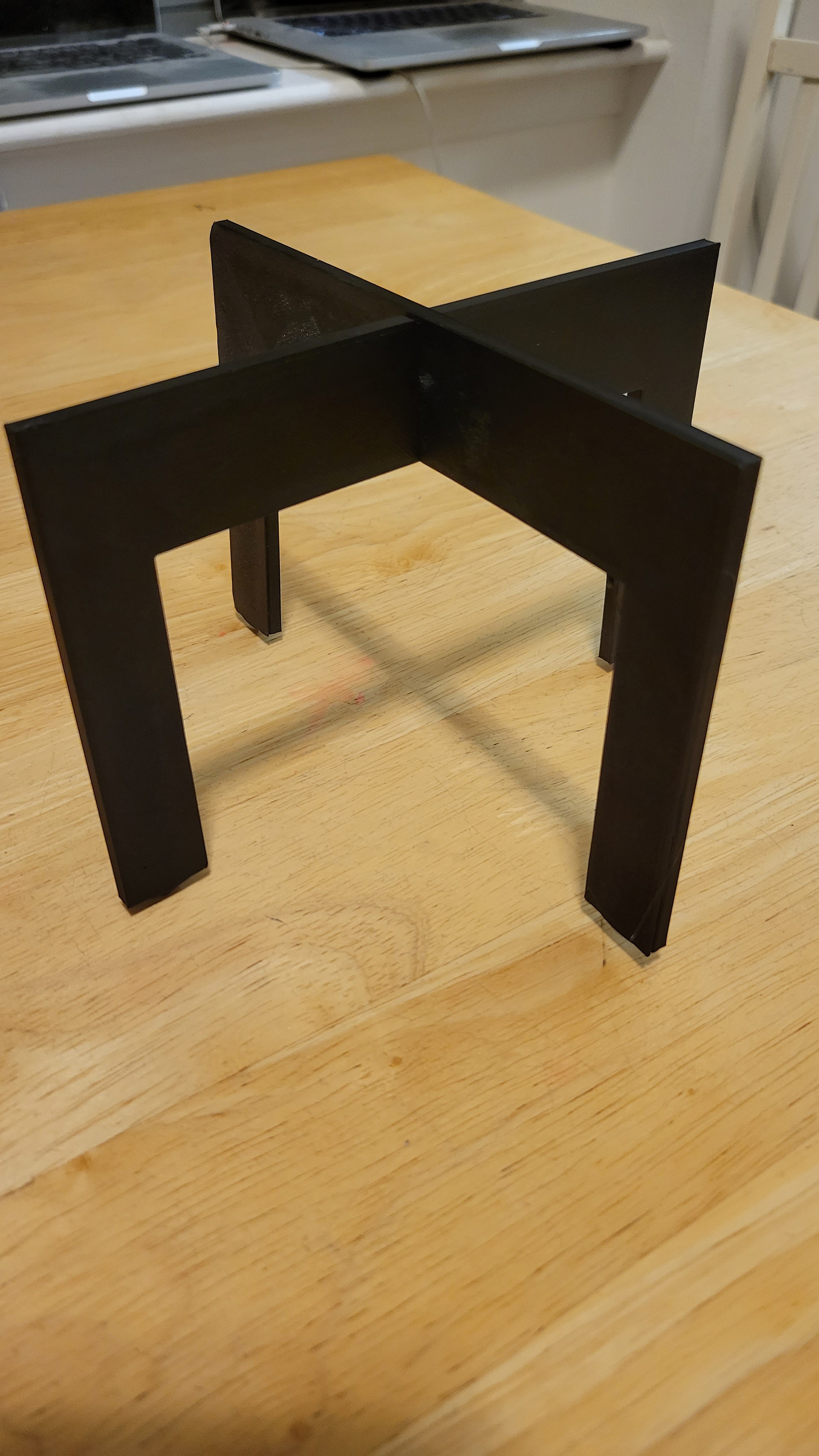
And now on pezo-mechanical bed
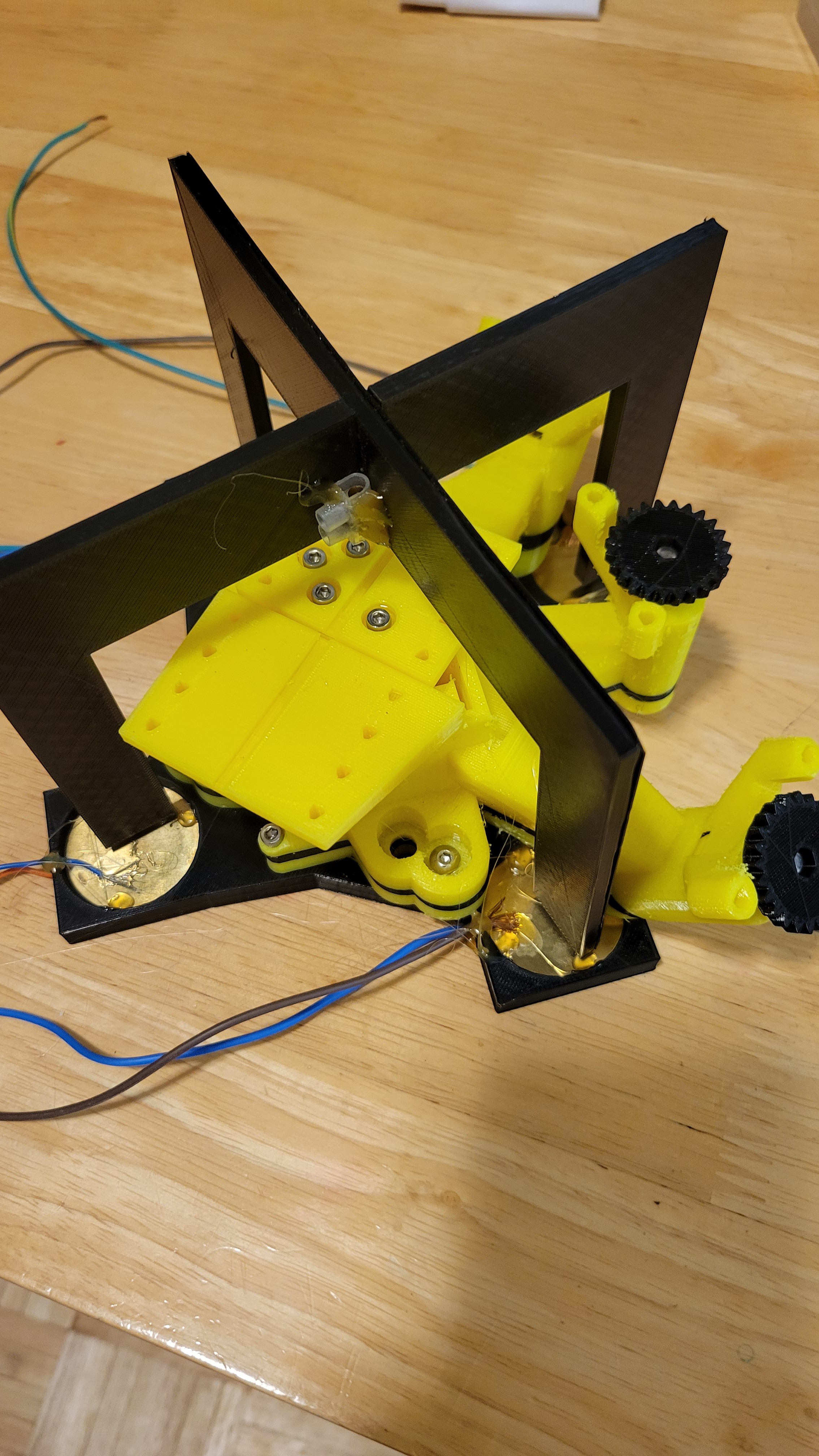
Actually this stage was done poorly as the glue was not silver glue. And hot gun glue that holds the pizo-electric devices is distributed not equally. I guess I will have to redo this stage later on as part of improvements.
Some piece of math was missing. I mean if I move the piezoelectric up on ine side and down on the other side, how much nano probe will move?
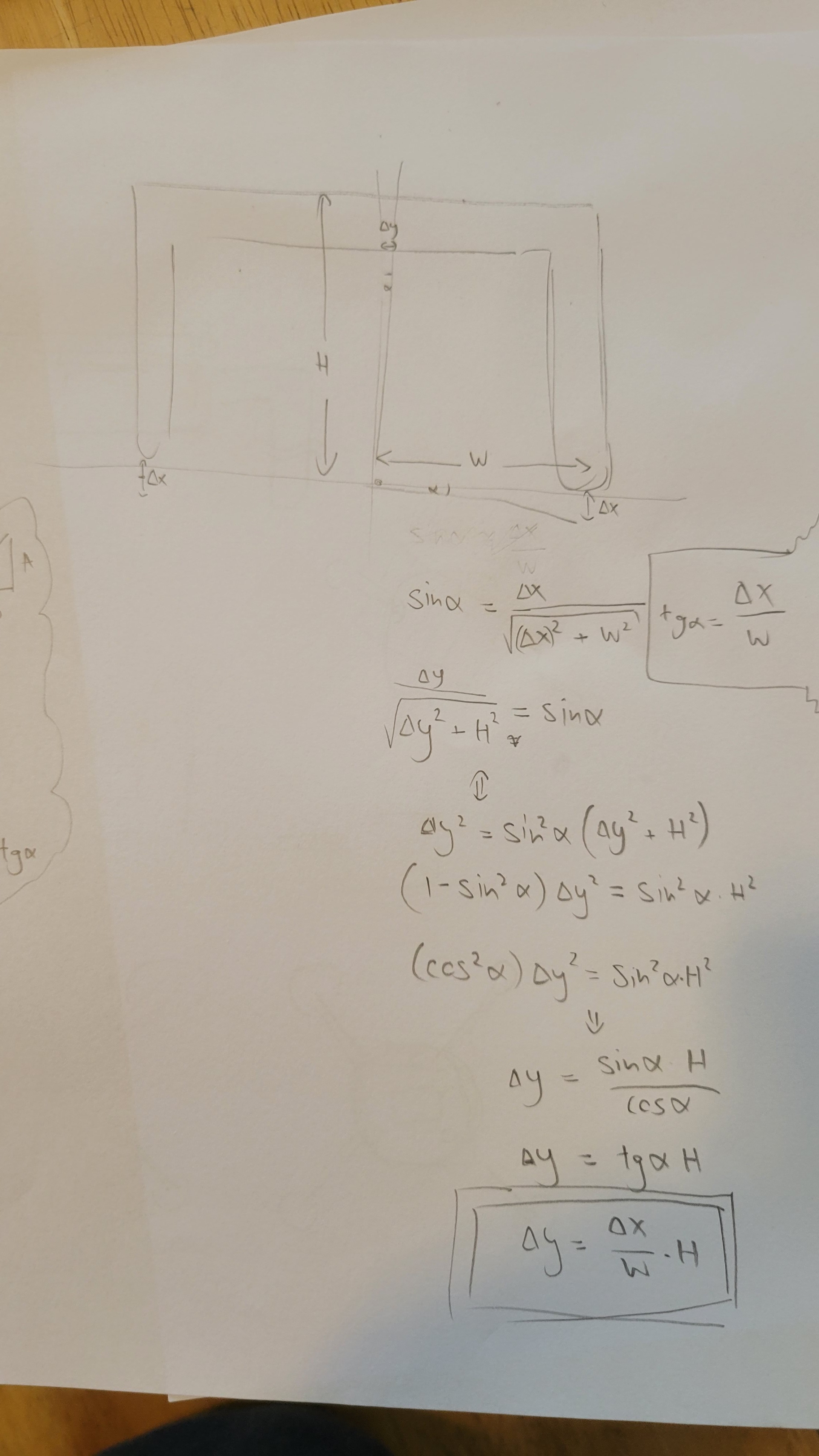
Now let's connect all together the RaspberryPi based microscope to see probe's height, fine movement mechanics and electronics.
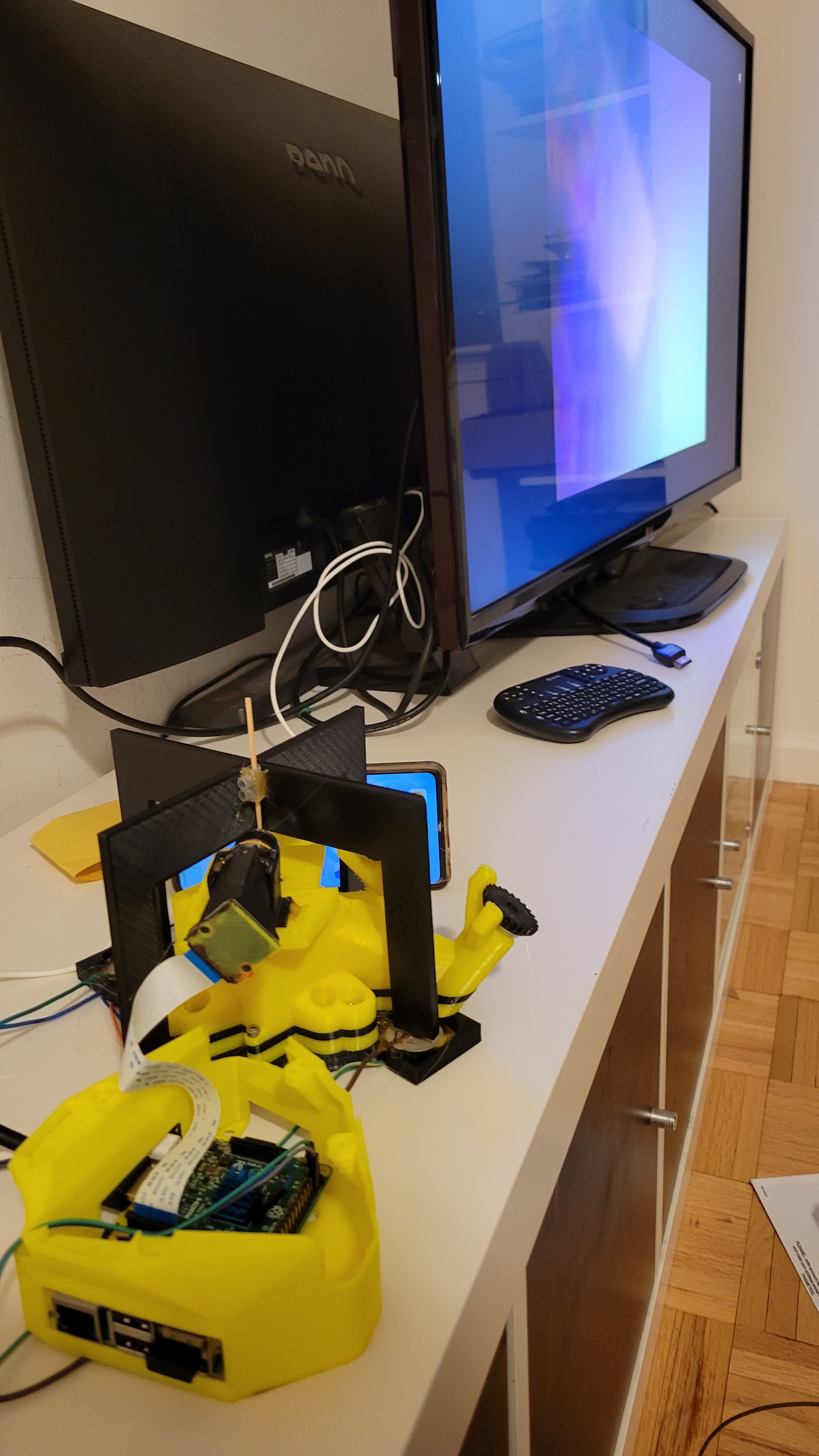
(On the screen you can see magnified toothpick, tangsteen probe will come later)
Turn on the power and nothing 😞 it doesn't move...
More debugging with scope and reprogramming firmware to make move faster.
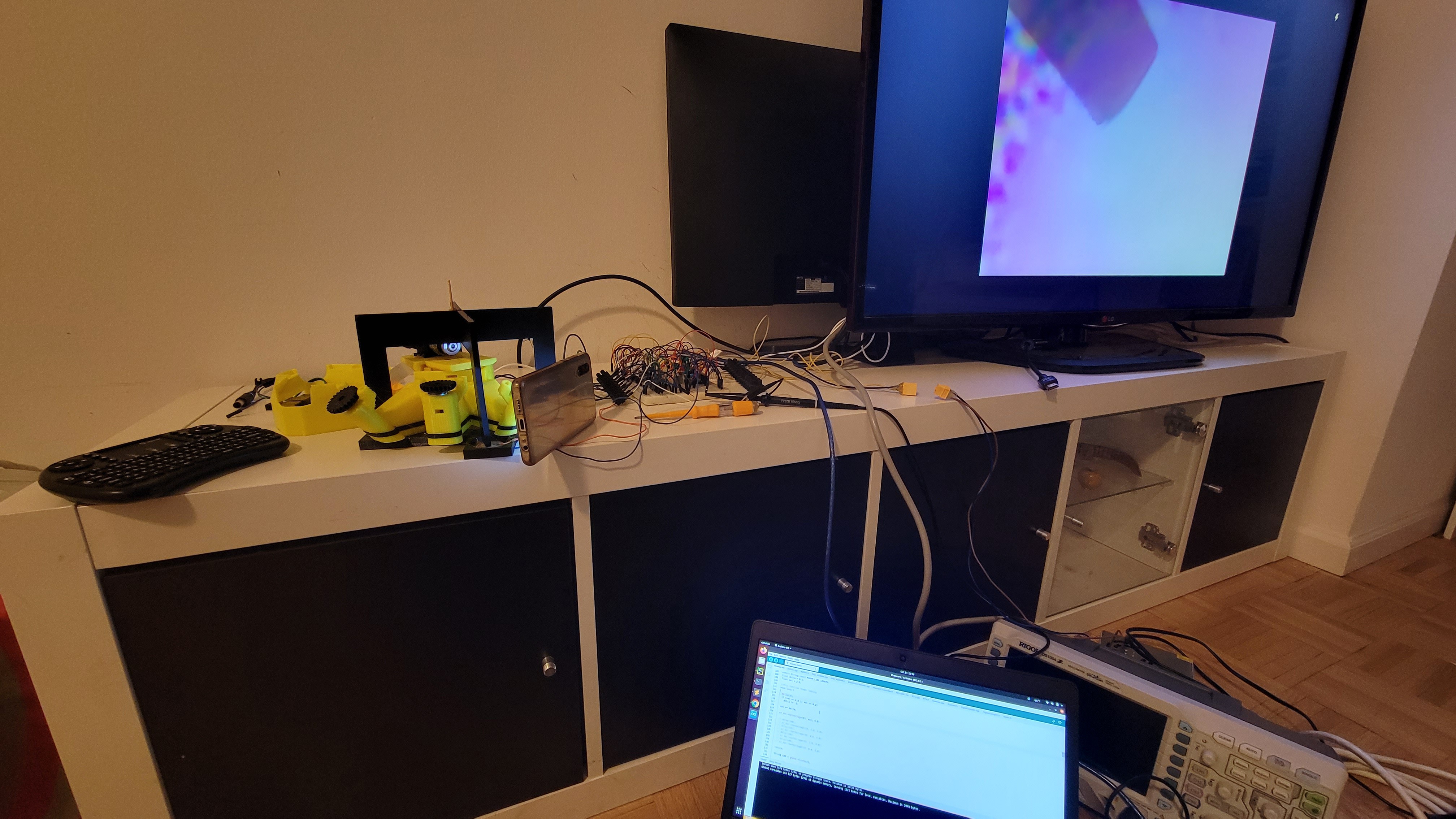
Finally I can see my toothpick moving up and down (run it with 1080p settings otherwise it's blurry) skip to 6th second.
Discussions
Become a Hackaday.io Member
Create an account to leave a comment. Already have an account? Log In.